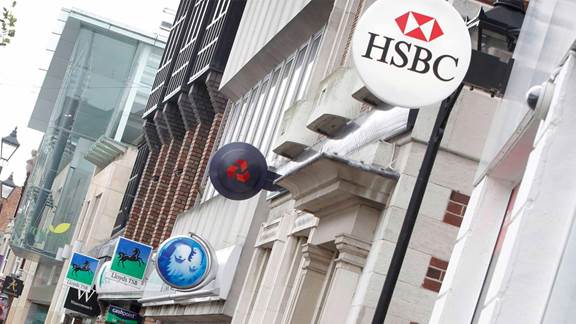In our recent conversations with UK retail banks, the role of mobile banking in the future of banking has been raised as a topic of debate amongst bankers themselves. On the one hand, a surprisingly large group believe that mobile banking is just another channel alongside web, mail, call centers, and branches. The other, in contrast, see mobile banking apps ushering in a fundamentally new model for how customers interact with financial services.

If the future is mobile banking, what happens to the branch?
An important subtext for this debate is the particular role played by brick and mortar branches. The first group in the debate referenced above, says there will always be a need for physical space and human interaction within retail banking. In this context, mobile will take away important, but mainly transactional day-to-day use cases. The second group, however, says branches are relics of a dying and prohibitively expensive operating model - soon to be obsolete. To get to grips with this debate, we recently took a closer look at what customers - rather than banks - are doing and saying:
- Overall, the total number of customer interactions with banks is increasing: rising from 2.3 to 3.5 interactions per month since 2011.For many, mobile banking is the most frequently used touchpoint: 23% of customers use their main bank’s mobile app daily, and 48% use it at least once a week (Kin + Carta/Incite data). Meanwhile, Ofcom data shows that UK customers spend twice as much time on mobile and tablets versus PCs and laptops.
- Mobile banking apps hold a key place on customer homescreens: bank apps rate 2nd out of all categories for homescreen importance (Kin + Carta/Incite data).
- Banks are reporting substantial rises in mobile usage:
- Bank branch interactions are falling dramatically: Bank branch interactions have declined from 476 million in 2011 to 278 million in 2016 - that’s a 32% drop within 5 years.
- Branch closures are accelerating: some 1032 UK bank branches closed in 2015 and 2016 combined.
In light of the above data, the truth about brick and mortar branches falls somewhere between the two poles of the argument. These statistics suggest that for many customers, mobile has become the primary interface used to get most jobs done. Yet, there are a few factors that will save the branch, and continue to make them valuable.
Firstly, banks still have an audience segment to contend with: digital laggards. This group relies on their branch for basic transactions and information. Although this group will shrink over time, currently they remain significant - particularly as this group are also significantly resistant to switching banking providers. RBS and others are actively courting these persistent branch visitors with mobile branch offerings. Further, for these customers, branches will increasingly play an educational role around the availability and use of digital tools, with branch staff teaching and assisting less digitally savvy users.
Second, it’s fair to assume that life moments, financial products and customer groups that require face-to-face conversations, will remain. Visits to branches will stop being about proving your identity and signing forms, and instead, start being about building the best solution for your financial life. Banks are already actively shifting the focus of branches away from basic transaction interactions to higher value consultation and advice over new products.
This points to a future where bank branches begin to look and feel like the Apple Store model - a few large hubs that provide a broad range of experienced product specialists and advisors focused on helping customers make high-value decisions.
Finally, it remains to be seen how new entrants with banking licenses will advise and sell around more complex products as they establish themselves. If Amazon can reinvent the physical book store, why can’t Monzo, or Tide, reinvent the branch, playing a new role for customers and differentiating the branch experience by better integrating the physical with digital?
This move isn’t as far away as you might think - take a look at Tide’s Old Street pop up - part marketing, part education service for SME owners. It’s likely that banks such as Atom, who are starting with more complex products and courting an older audience, will lead this move - or Tandem, who emphasise the community aspect of their offering.
The closure of bank branches will continue to grab headlines and provoke an emotional response - from customers, and banks themselves. Regardless, those branches that remain, will in all likelihood need to radically evolve in order to prosper - playing new roles in customer’s lives, delivering higher value services and changing the meaning of the branch.
If you would like to know about our work within the financial services sector, read about our latest partnership with ING, or alternatively get in touch below.